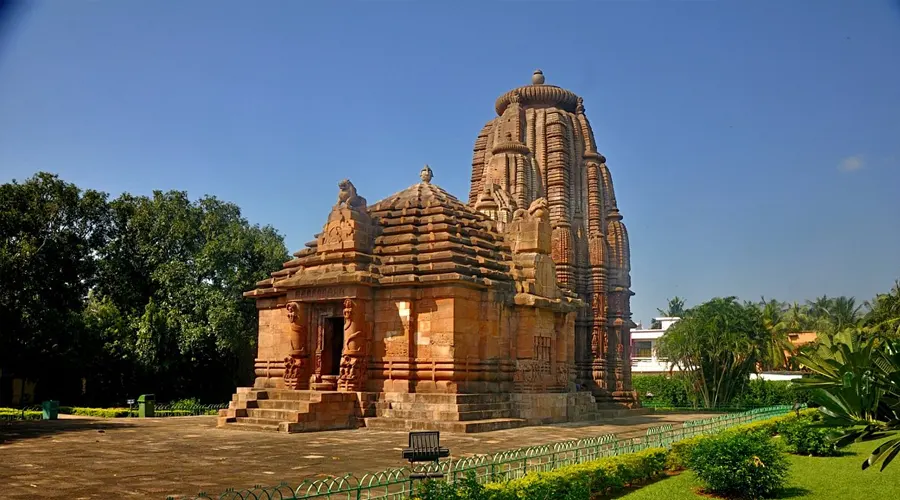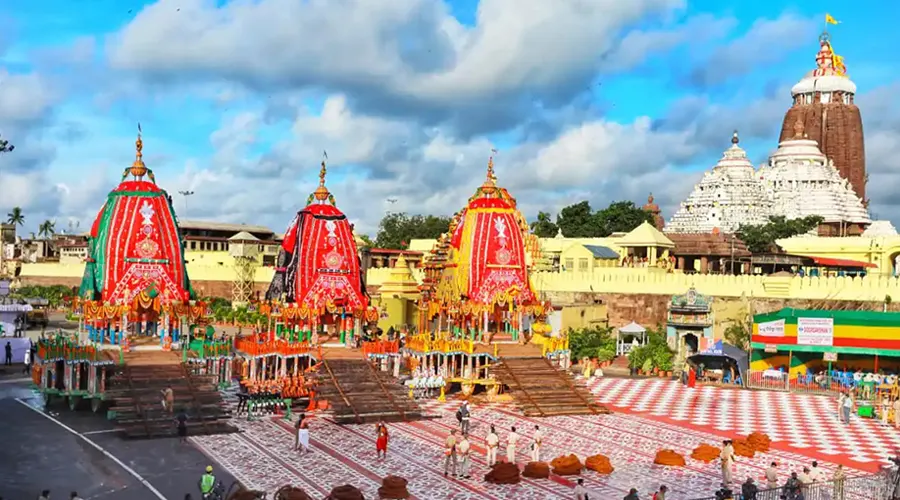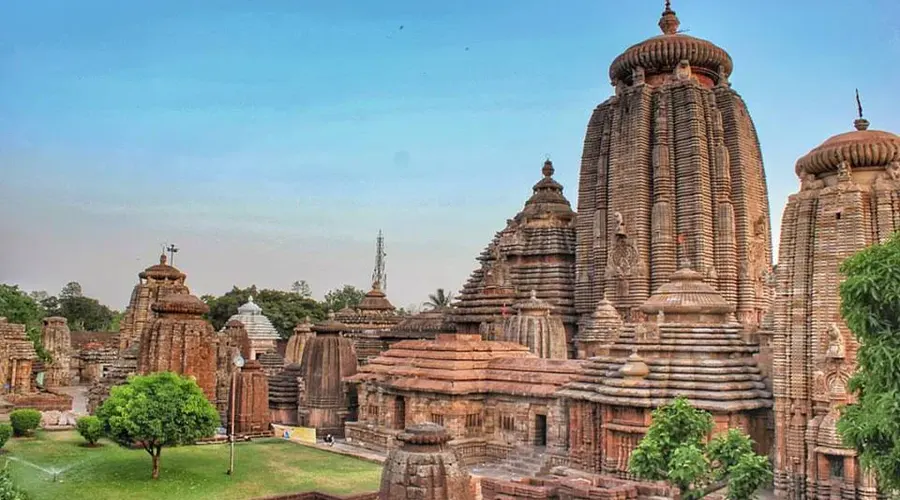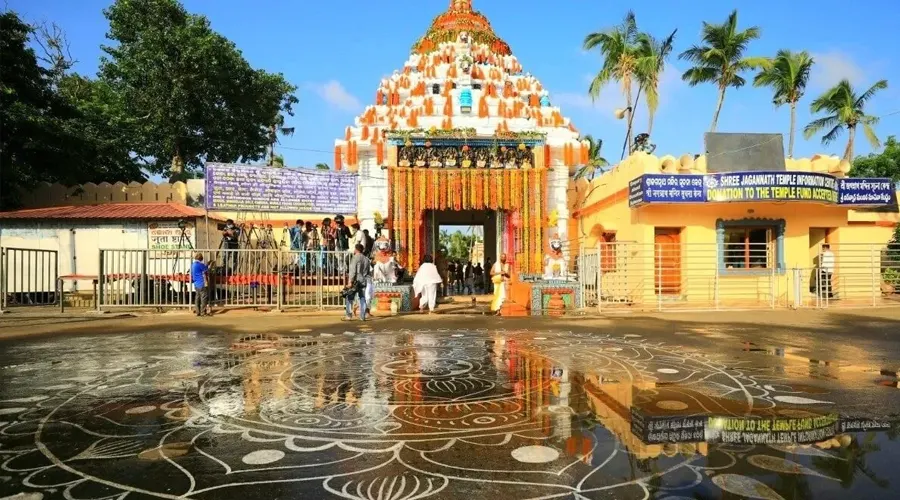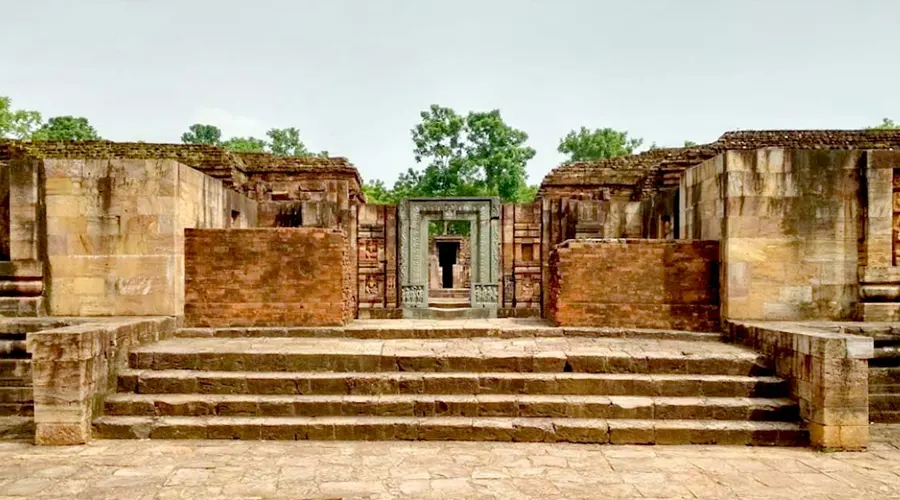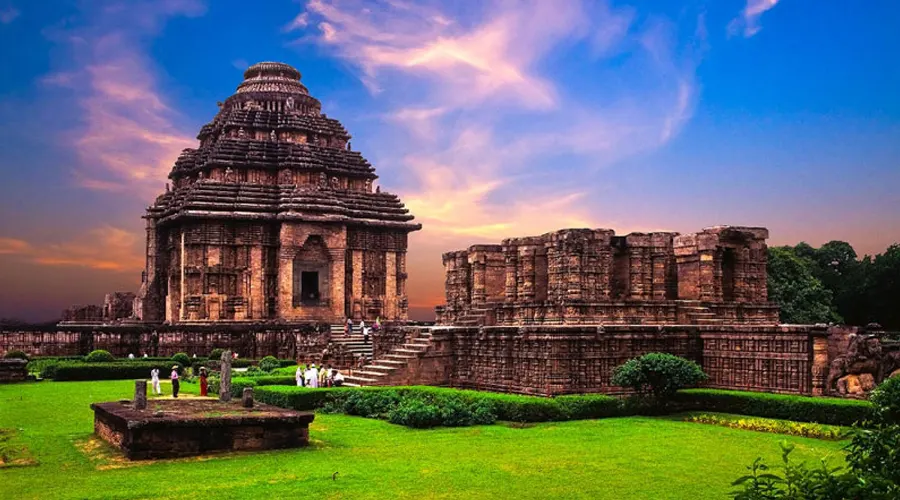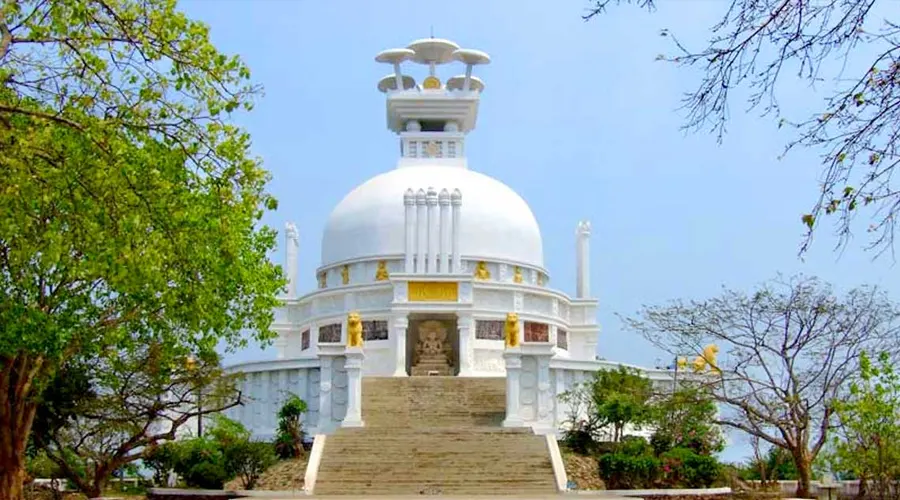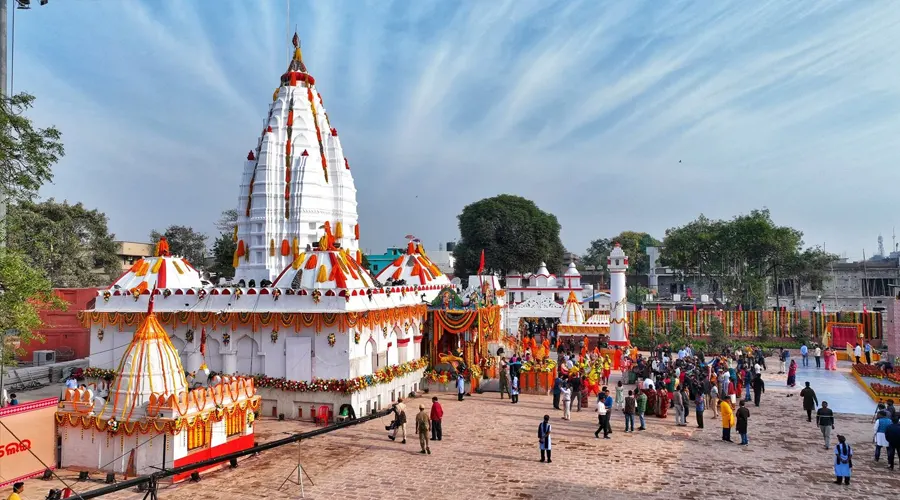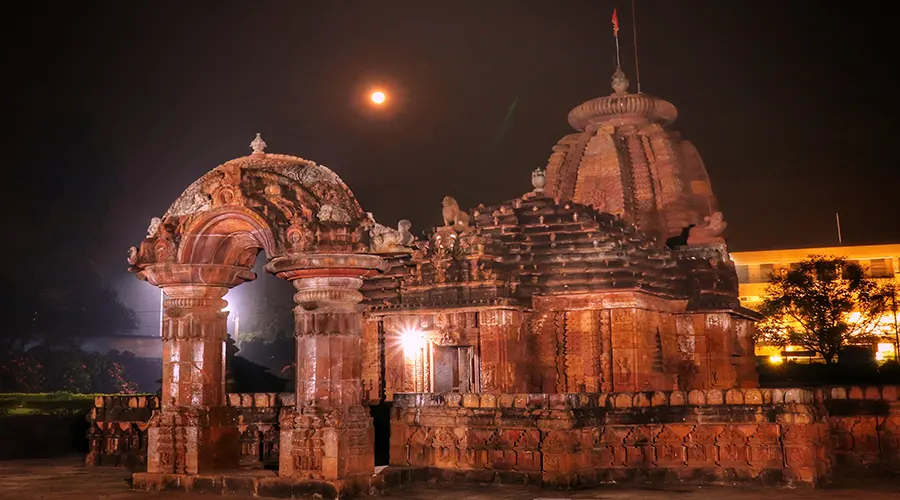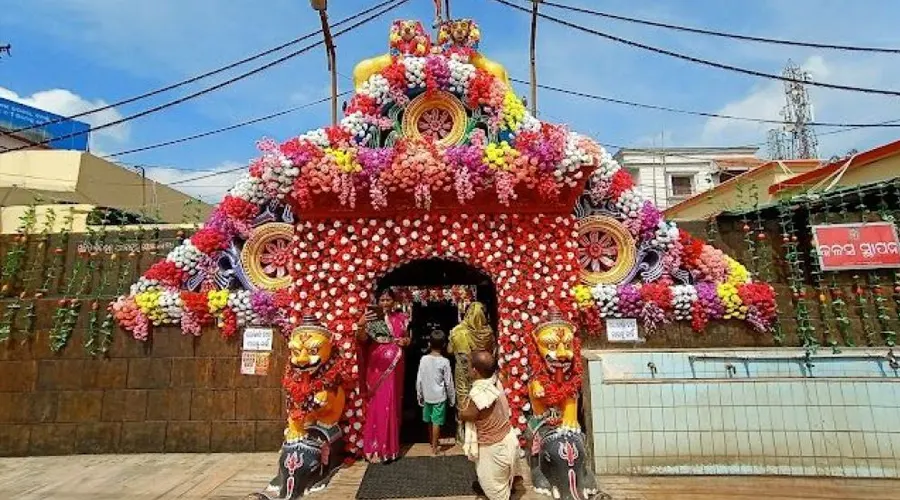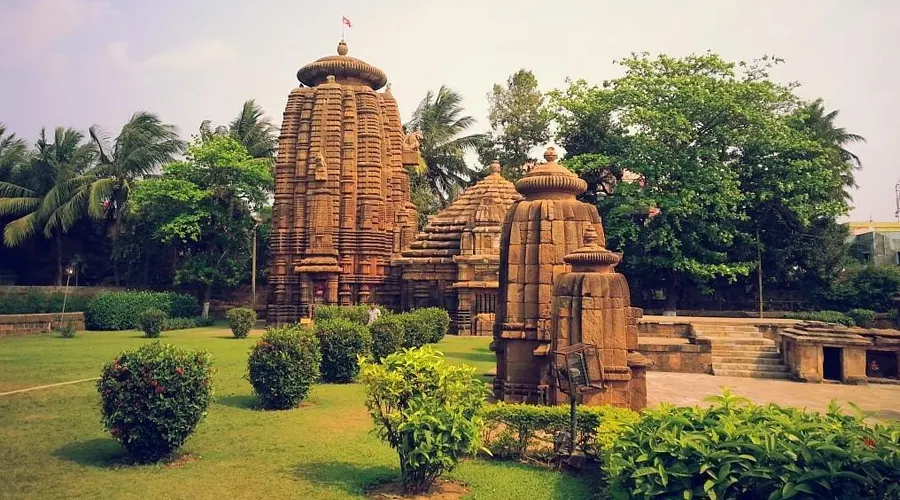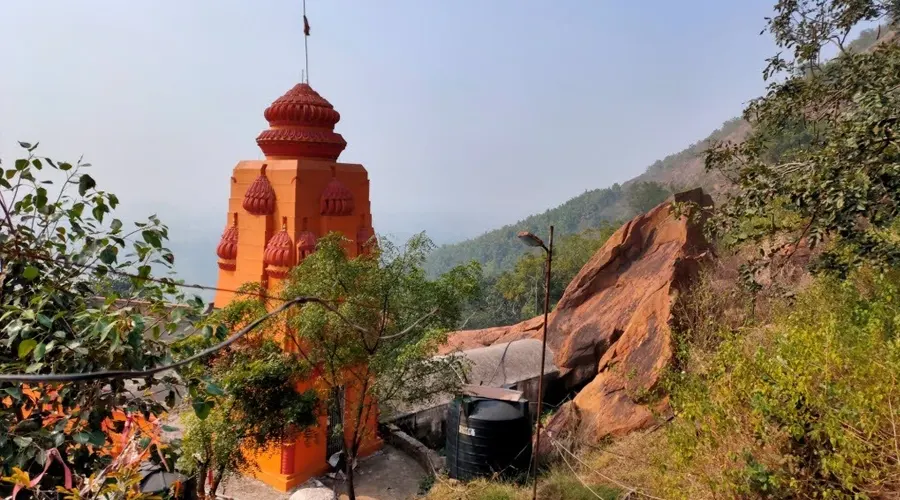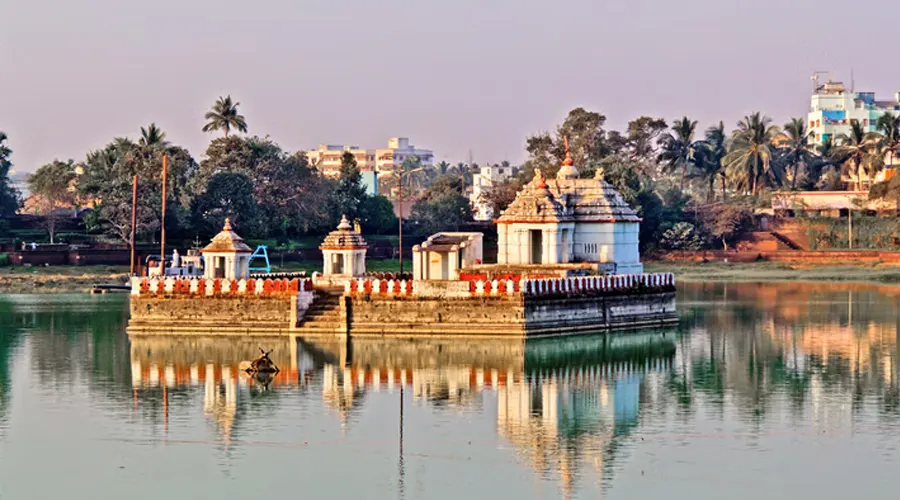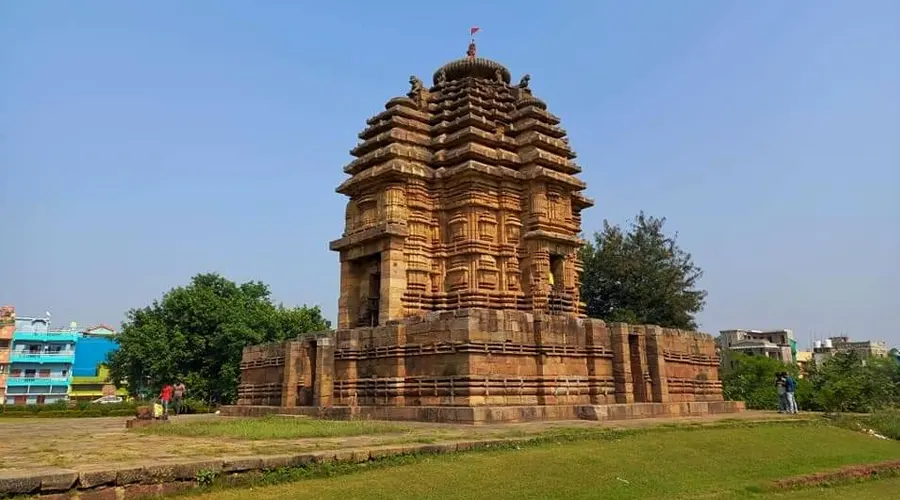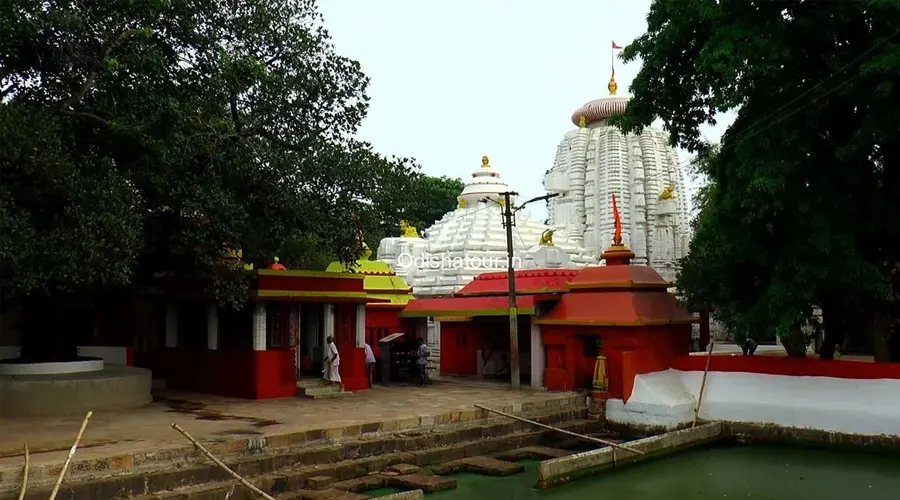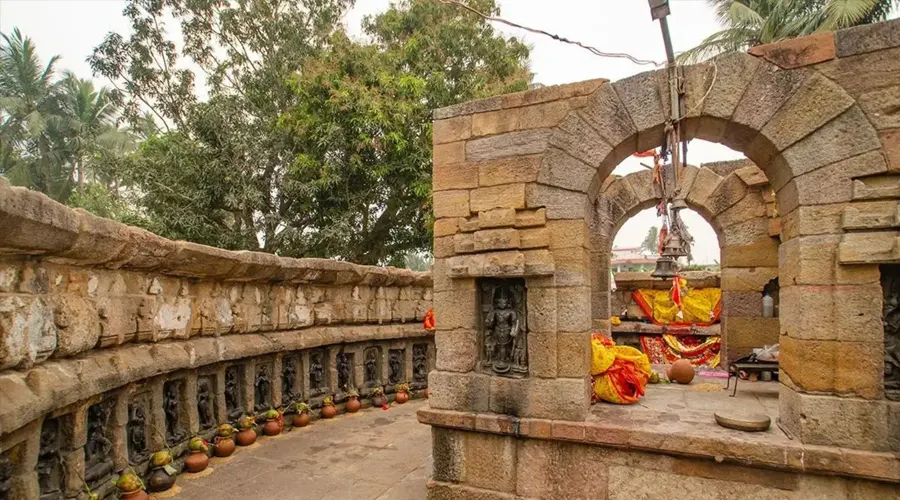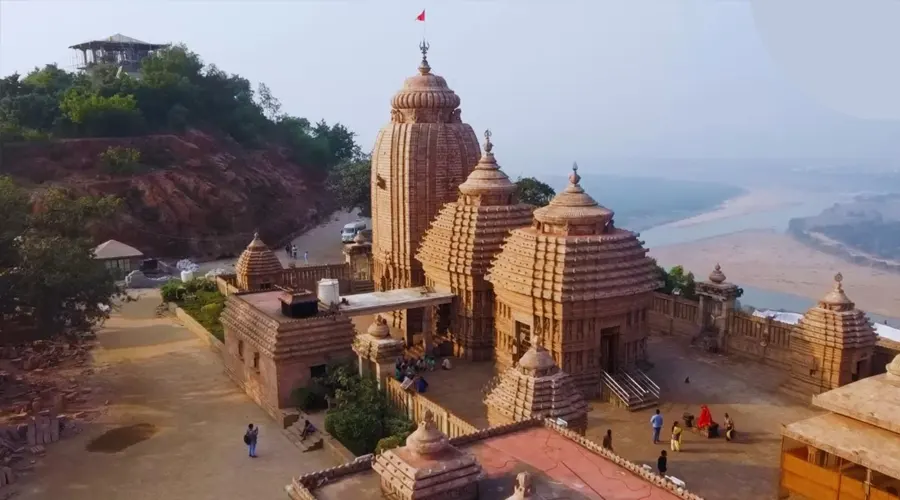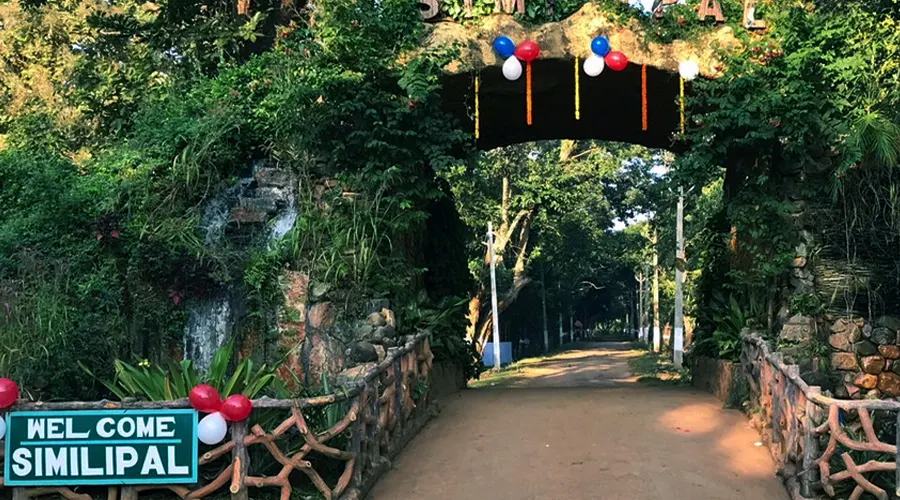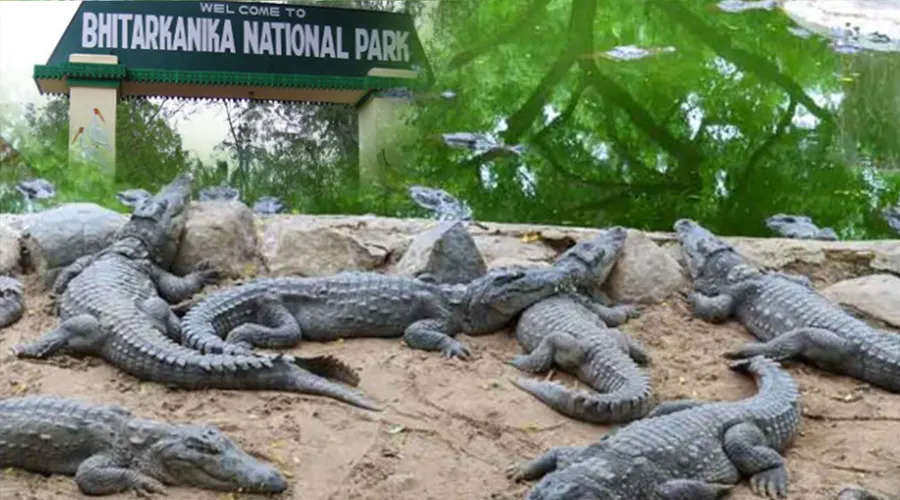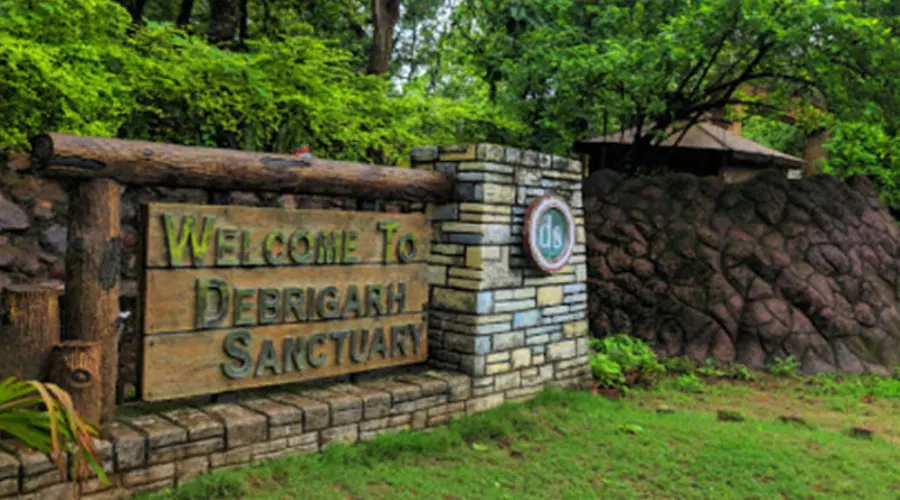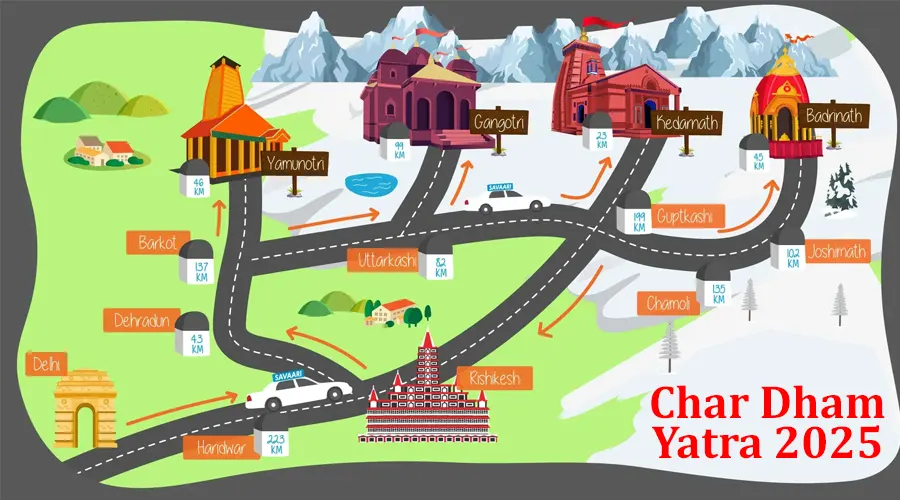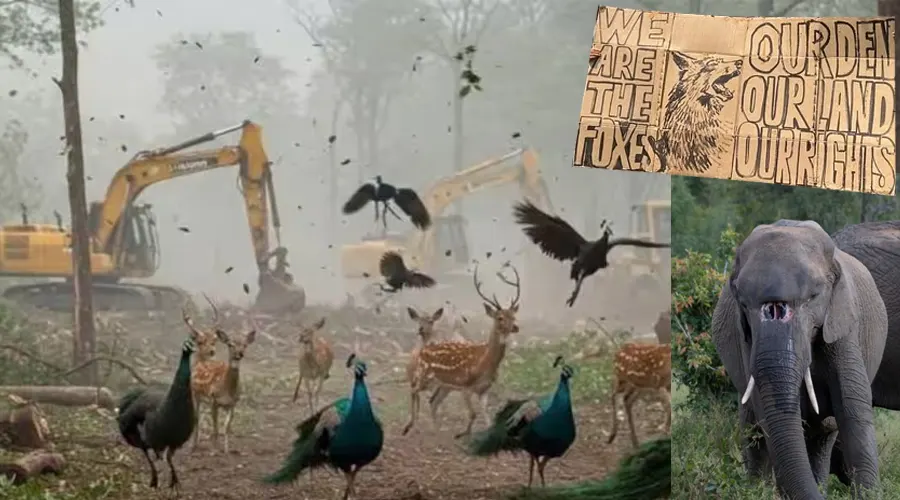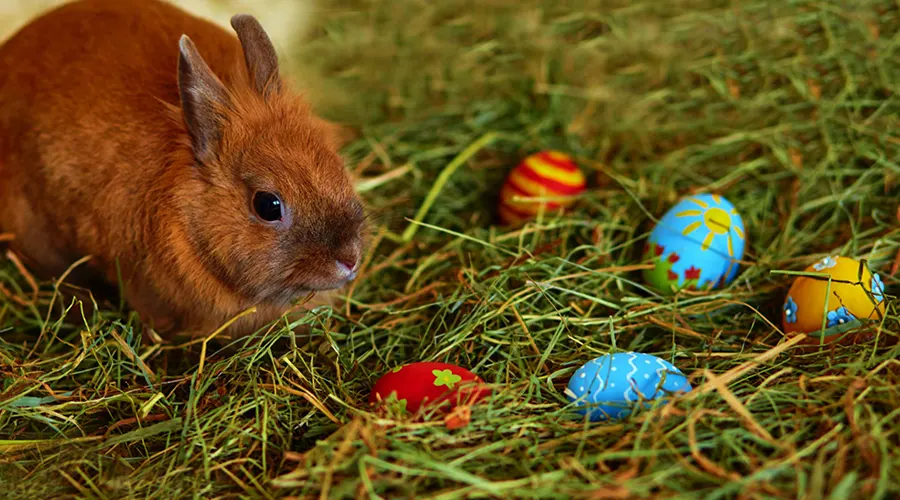Rajarani Temple
A popular 11th-century Hindu temple that can be found in Bhubaneswar, the capital of Odisha, India; the Raja Rani Temple is locally known as the 'love temple' because it contains some sensuous carvings of women and couples. No images can be found inside the sanctum, and hence the temple is not associated with any particular sect of Hinduism.
This is perhaps exactly where the charm of the temple comes from: the temple belongs to no specific sect and is open to all people irrespective of the deity that they worship and admire. However, the figures of Lord Shiva and Goddess Parvati carved on the walls strongly indicate that the temple has certain associations with Shaivism.
The Raja Rani Temple has an altogether different charm to offer, and this is perhaps what sets it aside and apart from the other temples that one can find scattered all across Bhubaneswar, which is now rightly known as the temple metropolis of Orissa.
History of Rajarani Temple
The history of the Rajarani Temple dates back to the 11th century when it was built by lndraratha, a famous Somavamsi dynasty ruler. As per historians, earlier it was called Indreswara Temple, supposedly named after Indraratha. However, there is another school of thought that indicates that the Indreswara was named after Lord Shiva. Although there is no presiding deity in this temple, there is a strong belief that it has a connection to Shaivism.
Later on, the temple came to be known as Rajarani because of its color – yellow and red sandstone – that is locally known as Rajarani. In 1903, the temple underwent renovation and refurbishment as by this time, the structure had reached a dilapidated state. Currently, the shrine is maintained by the Archaeological Survey of India.
Every year, the Department of Tourism of the Government of Odisha holds the Rajarani Music Festival in the temple premises, in the month of January-February. This festival was first started in 2003 in collaboration with Bhubaneswar Music Circle. Musicians from across the country participate in this three-day cultural extravaganza, which emphasizes the beauty of Indian classical music – Hindustani, Odissi, and Carnatic. This music festival receives heavy footfall on all three days.
Architecture Rajarani Temple
The Rajarani Temple has a typical Kalinga style of temple architecture. Built on a three-molded platform in Pancharatha style, the shrine has two sections - the Jagamohana (the area from which devotees witness the sanctum) and the Vimana (inner sanctum). While the Jagamohana has a roof with a pyramidal shape, the Vimana has a curvilinear spire (Shikhara) that goes up to 17.9 m.
An image of a lion can be seen on the top part of the entrance of the Jagamohana, who is believed to be guarding the door. Then there are images of Naga and Nagin at the entrance as well, which is believed to be depicting the king and queen of the land of that time.
Above the entrance door, the Navagraha has been sculpted and just below it an image of Lakulisa has been depicted. Lakulisa is considered to be the founder of Shaivism. On both sides of the entrance door, carvings can be seen of two small Shaiva doorkeepers – Chanda and Prachanda.
On the walls of the shrine, engravings of the marriage portrayal of Lord Shiva and Goddess Parvati have been beautifully done. The splendid images and engravings on the walls and doors of the temple point to the fact that this temple is dedicated to Lord Shiva.
One of the most interesting and impressive features of the temple is its base part, from which sculptures protrude in eight directions. These are Kubera (God of Wealth), Yama (God of Death), Vayu (God of Wind), Indra (God of Rain), Agni (God of Fire), Nirriti (God of Suffering), Varuna (God of Ocean) and Ishana (Shiva). They are said to be the protectors of this ancient Hindu temple.

